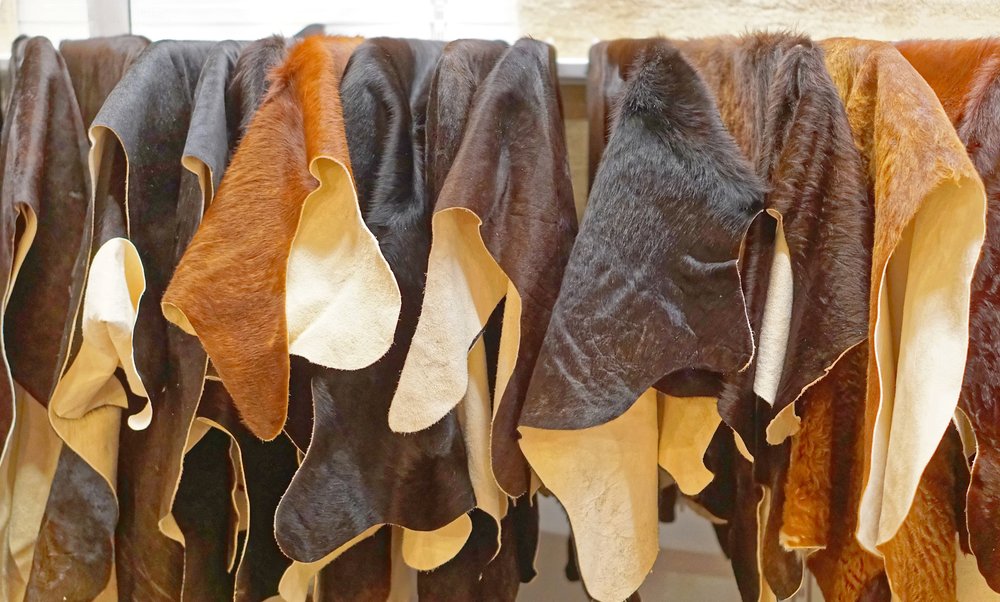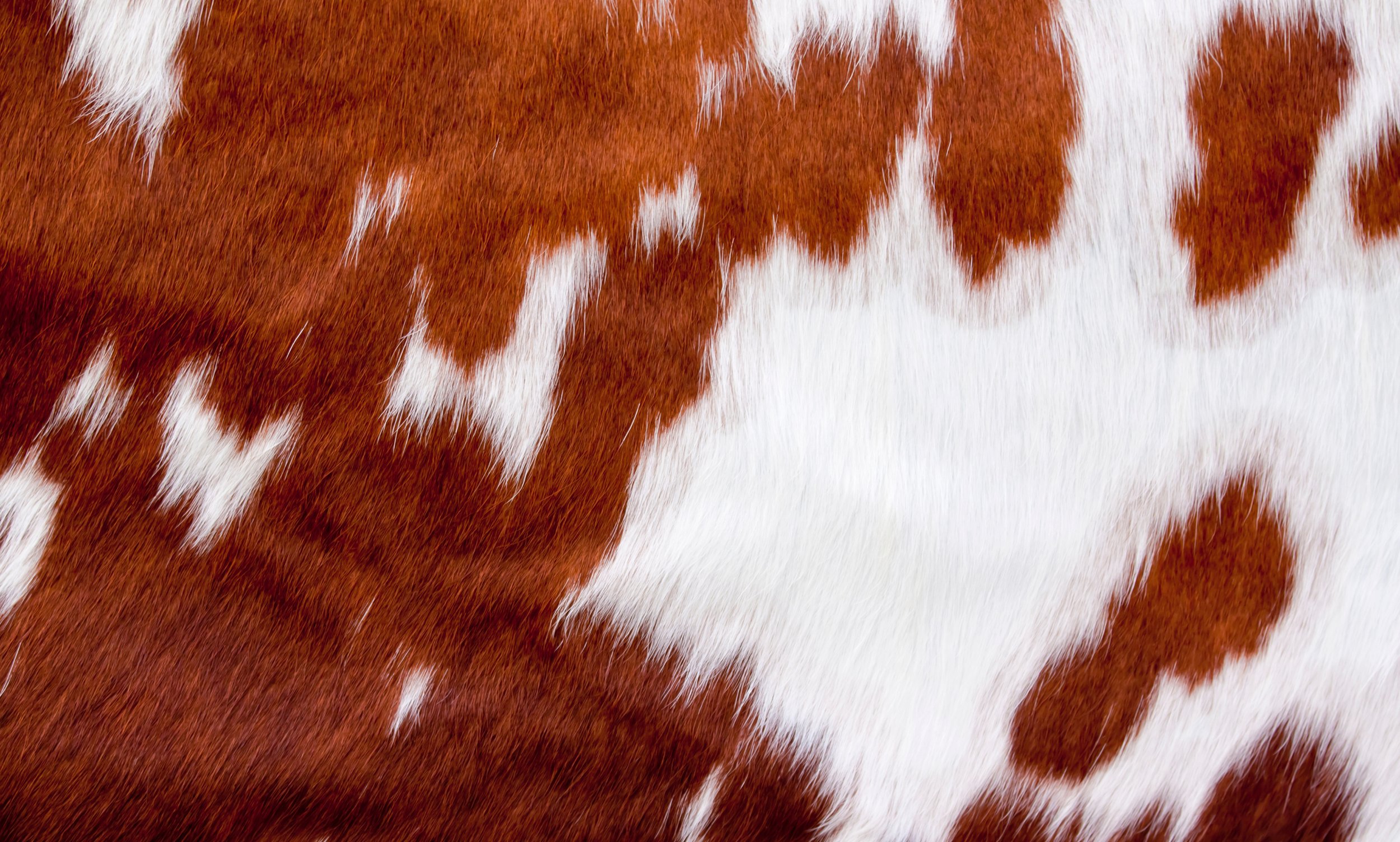Now that you know a bit about goatskin and its differences from cowhide leather, let’s take a look at some of the advantages that goatskin has to offer.
THINNER AND SOFTER THAN COWHIDE LEATHER
While cowhide leather is thick and rigid, goatskin hides are much thinner and softer. This makes them ideal for items like jackets, bags, and purses that need to be lightweight but still maintain their shape. The softness of goatskin also makes it comfortable to wear, making it a popular choice for items like shoes and gloves.
Even though goatskin is thinner and softer than cowhide, it’s still incredibly durable. This makes it perfect for a variety of applications that require both strength and flexibility, such as riding boots or saddles.
MORE RESISTANT TO WATER
Goatskin hides are known for their ability to resist water. This means that when used in items like jackets or upholstery, goatskin can help keep the wearer or user dry. This makes it an ideal choice for outdoor activities such as camping and hiking, where exposure to rain and humidity is likely.
That’s why many people opt for goatskin products when they need something that can stand up to wet conditions. And since goatskin is more resistant to water than cowhide, it’s also easier to clean and maintain.
MORE DURABLE THAN COWHIDE LEATHER
Goatskin generally has a longer lifespan than cowhide leather, which makes it ideal for items that need to last for years or even decades. This is especially important when used in items like furniture, where the leather needs to stand up to regular wear and tear.
Besides, goatskin is easier to repair than cowhide if it does end up getting damaged. You don’t have to worry about it cracking or peeling like cowhide can, which makes goatskin a more reliable choice for items that will get heavy use.
EASIER TO MAINTAIN AND CLEAN
Unlike cowhide leather, goatskin hides don’t require frequent conditioning or polishing to keep them looking their best. This is because the surface of goatskin is naturally resistant to dirt and oils, making it easy to clean and maintain.
Goatskin can be wiped down with a damp cloth or washed in cold water for more stubborn stains. Also, thanks to its resistance to water, you don’t have to worry about the leather shrinking or becoming discolored when wet.
SOFTER AESTHETIC LOOK THAN COWHIDE LEATHER
Some people prefer the softer look of goatskin over cowhide leather. Goatskin hides tend to have a more subtle grain pattern and a much smoother finish, which gives them a softer aesthetic. This makes them perfect for items like purses or bags that need to be stylish but not overly flashy.
Furthermore, the subtle grain pattern of goatskin hides can create interesting designs when used in items like wallets and other accessories. This makes them a great choice for anyone looking to make an eye-catching statement with their leather goods.
ENHANCED BREATHABILITY
One more advantage of goatskin hides is that they are highly breathable. The thinness of the leather allows air to easily pass through, which helps keep the wearer or user cool and comfortable. This makes goatskin an ideal choice for items like shoes and clothing that need to be lightweight and breathable.
In addition to this, goatskin is also more resistant to odors than cowhide. This means that items made from goatskin won’t absorb smells like sweat or other odors, which can be a problem with cowhide leather.
CONCLUSION
So if you’re looking for a leather material that is thinner, softer, more durable, easier to maintain, and more breathable than cowhide, then goatskin hides are a perfect choice. With its versatile properties and stylish look, goatskin is sure to give you the quality product you need.
Moreover, goatskin is an excellent choice for items that need to stand up to wet conditions, as it is more resistant to water than cowhide. So if you’re looking for leather material that can handle all kinds of weather and outdoor activities, then goatskin hides are sure to be the perfect option.
Regardless of why you choose goatskin hides, you can rest assured that you’ll get a product that is strong, durable, and stylish. So why not give goatskin hides a try today? You won’t be disappointed! Pieces of Argentina is proud to offer our customers the highest quality Argentinian leather and goatskin products. Shop with us today and experience the superior quality of Argentinian leather and goatskin hides for yourself!

